Childhood
Stephen Hawking was born on January 8, 1942, in Oxford, England, to Frank and Isobel Hawking. His father was a medical researcher, and his mother was a secretary. Hawking grew up in St Albans, a town about 20 miles north of London.
As a child, Hawking showed an early interest in science and mathematics. He was always curious and asked a lot of questions. He was also very good at puzzles and games, and he enjoyed playing with his friends.
Hawking attended St Albans School, where he was an average student but excelled in mathematics and science. He was also a member of the school’s science club, where he built a computer out of old telephone switchboards.
At the age of 17, Hawking applied to study mathematics at the University of Oxford but was not accepted. Instead, he attended University College, Oxford, where he studied physics and earned a degree in natural science.
Overall, Hawking’s childhood was marked by his curiosity, intelligence, and early interest in science, which would eventually lead him to become one of the most influential physicists of the 20th century.
Education
Hawking’s educational background was exceptional, reflecting his passion and intellect for science and mathematics. Hawking attended the University College, Oxford, where he studied physics and received a degree in natural science.
He then went on to pursue a Ph.D. at Trinity College, Cambridge, where he studied under the supervision of Dennis Sciama, a prominent physicist who had a strong influence on Hawking’s research.
In 1966, at the age of 24, Hawking completed his Ph.D. thesis, titled “Properties of Expanding Universes,” which explored the implications of the Big Bang theory for the evolution of the universe. This work laid the groundwork for his future research on black holes and the nature of space and time.
After completing his Ph.D., Hawking continued to work as a researcher and professor of physics at Cambridge. In 1979, he was appointed Lucasian Professor of Mathematics at Cambridge, a position previously held by such luminaries as Isaac Newton and Paul Dirac.
Throughout his career, Hawking received numerous awards and honors for his contributions to physics and cosmology. He was elected a Fellow of the Royal Society in 1974 and was awarded the CBE in 1982. In 1988, he published “A Brief History of Time,” a popular science book that became a bestseller and introduced many people to the wonders of cosmology.
Despite being diagnosed with ALS (amyotrophic lateral sclerosis) at the age of 21, Hawking continued to work and publish research throughout his life. He passed away on March 14, 2018, at the age of 76, leaving behind a legacy of scientific achievement and inspiration for future generations of physicists and scientists.
Inventions
He was best known for his groundbreaking work on black holes, the origins of the universe, and the theory of relativity. However, in terms of technology, Hawking did make use of various devices to communicate despite being diagnosed with ALS (amyotrophic lateral sclerosis) at the age of 21. He used a speech-generating device that allowed him to speak through a computerized voice.
This device was created by a company called Intel and was based on software developed by a company called SwiftKey. The device used eye-tracking technology to allow Hawking to select words and phrases from a computer screen using his eye movements, which were then converted into speech.
Hawking also worked with engineers to develop a specialized wheelchair that could be controlled using only his facial muscles. The chair was designed to be highly maneuverable, allowing Hawking to navigate tight spaces and turn on a dime.
While these were not necessarily Hawking’s inventions, he did work closely with engineers and scientists to develop and refine these technologies to meet his specific needs, and his use of these devices inspired many others to continue exploring the potential of assistive technology.
Married Life
Stephen Hawking was married twice in his life. His first marriage was to Jane Wilde, whom he met while he was a student at Cambridge University. They got married in 1965, and had three children together: Robert, Lucy, and Timothy.
Jane played a significant role in caring for Hawking as his physical condition deteriorated due to his ALS. However, their marriage faced many challenges, including Hawking’s increasing fame and travel, as well as his infidelity. They eventually separated in 1990 and divorced in 1995.
In 1995, Hawking married Elaine Mason, who had been his nurse for several years. However, this marriage was also fraught with difficulties and ended in divorce in 2006. There were allegations of abuse and mistreatment by Mason, but these were never proven.
Overall, Hawking’s married life was marked by both love and turmoil, as he faced the challenges of his debilitating illness and his own fame and genius.
Awards
Throughout his life, he received numerous awards and honours in recognition of his work. Some of the most notable ones are:
- Eddington Medal (1975): Awarded by the Royal Astronomical Society for his outstanding contribution to theoretical astrophysics.
- Hughes Medal (1976): Awarded by the Royal Society for his work on gravitational radiation and singularities in general relativity.
- Albert Einstein Medal (1979): Awarded by the Albert Einstein Society in Bern, Switzerland, for his contributions to gravitational physics.
- Franklin Medal (1981): Awarded by the Franklin Institute in Philadelphia for his work on the origin and structure of the universe.
- Copley Medal (2006): Awarded by the Royal Society for his outstanding contributions to theoretical physics and cosmology.
- Presidential Medal of Freedom (2009): Awarded by US President Barack Obama for his contributions to science, as well as his advocacy for disability rights.
- Fundamental Physics Prize (2012): Awarded by the Milner Foundation for his seminal work on black holes and the origin of the universe.
- BBVA Foundation Frontiers of Knowledge Award (2015): Awarded for his discoveries in the fields of cosmology and theoretical physics.
Stephen Hawking views on Religion
He did not believe in a personal God or a traditional religious concept of an afterlife. In his book “The Grand Design,” co-authored with physicist Leonard Mlodinow, Hawking wrote, “It is not necessary to invoke God to light the blue touch paper and set the universe going.”
Hawking believed that the laws of physics could explain the origins of the universe, and that the universe could have arisen from nothing, without the need for a divine creator. He also saw science and religion as fundamentally incompatible, writing, “Science will win because it works.”
Despite his atheistic views, Hawking was respectful of those who held religious beliefs, and he believed that science and religion could coexist in a complementary way. However, he was critical of religious doctrines that conflicted with scientific evidence or that were used to suppress scientific inquiry.
Books
Here are some of his most famous books:
- “A Brief History of Time” – This book, published in 1988, is perhaps Hawking’s most famous work. It explores the history of the universe, from the big bang to the present day, in an accessible and engaging way.
- “The Universe in a Nutshell” – Published in 2001, this book is a follow-up to “A Brief History of Time” and explores some of the more recent developments in cosmology, such as string theory and the possibility of a multiverse.
- “The Grand Design” – This book, published in 2010, explores the question of why the universe exists and whether it was created by a higher power or through natural means.
- “Black Holes and Baby Universes and Other Essays” – This collection of essays, published in 1993, covers a wide range of topics in physics and cosmology, including black holes, the nature of time, and the search for a unified theory of everything.
-
“My Brief History” – Published in 2013, this autobiography tells the story of Hawking’s life, from his childhood in post-war England to his later years as one of the world’s most famous scientists.

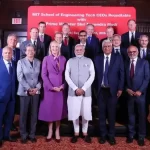




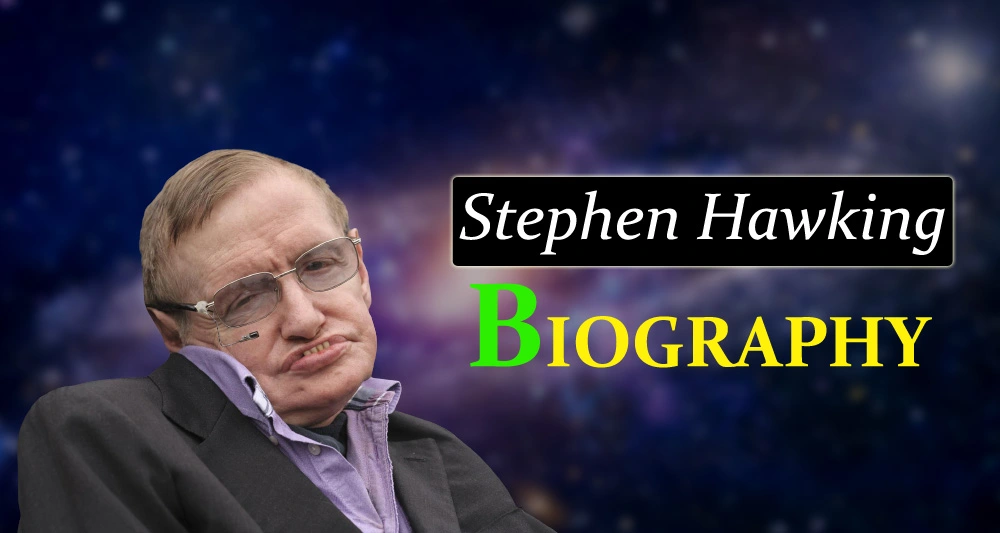

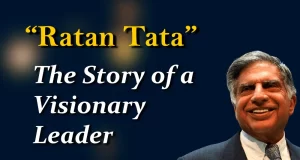







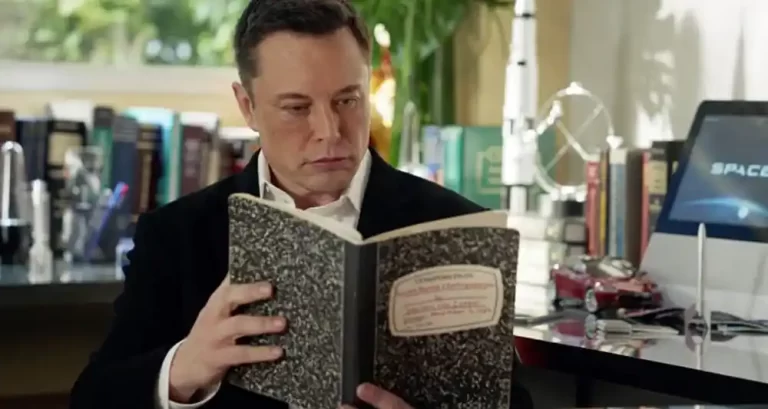





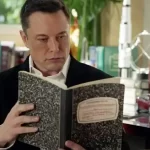

+ There are no comments
Add yours